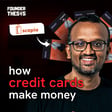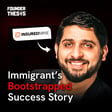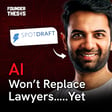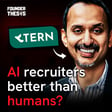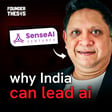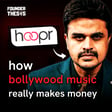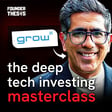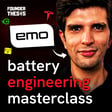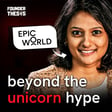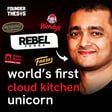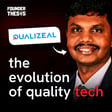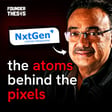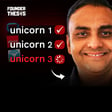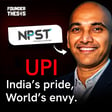
Creating Paw-sitive Impact | Rashi Narang @ Heads Up For Tails
Passion, patience, and perseverance are the ingredients to be a successful entrepreneur.
In this episode of Founder Thesis, Akshay Datt speaks with Rashi Narang, Founder and Creative Director, Heads Up For Tails (HUFT), whose entrepreneurial journey is nothing but perseverance and grit.
Rashi, an ardent animal lover, found her calling when she realized that the Indian market has nothing to offer when it came to pet care. She started Heads Up For Tails in 2008 and after numerous rejections from various retailers, today HUFT is the largest D2C brand in the pet care segment backed by Verlinvest and Sequoia Capital.
Tune in to this episode to hear Rashi speak about how Heads Up For Tails is leading the pet care space in India and making pet parenting a delightful experience.
What you must not miss!
- Diversification during COVID
- Drivers for online expansion
- Working around changing the mindset towards animals.
